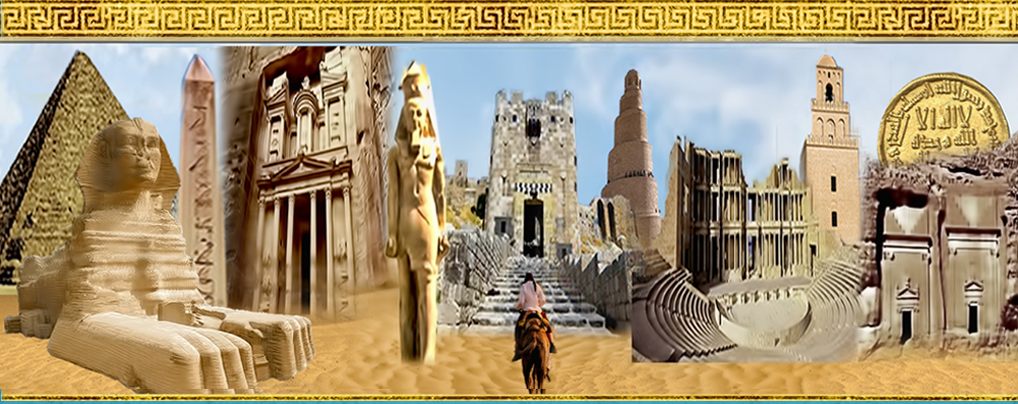Journal of the General Union of Arab Archaeologists

Abstract
(En)
This research studies Iretrau’s ‘sS-sHm.t’, which was mentioned several times in her tomb. This is a clear reference to literacy. It is notable that Iretrau and her position as a scribe is one of the most complicated issues, due to the lack of texts written by her as a male scribe, as well as the absence of writing tools in her tomb. However, there are many other reasons for looking at Iretrau as a literate woman who held a scribal position with actual duties according to previous indications. The fact that Iretrau used the very plain title of scribe suggests that she was not involved directly in the administration of the institution or assigned certain tasks, such as holding a position in a specific office or bureau. She
depended solely on her professional status as a Scribe ‘sS-sHm.t’and a Chief Attendant of the
God’s Wife of Amen ‘Sms.t aA.t n dwAt nTr. This reflects her role as the wife of a vizier and mother of a vizier. Undoubtedly, this independence was due to the power of the God’s wife of Amun institution, which was also reflected. Iretrau seemed to be a great change-maker in the administration system, simply by being a female scribe, because the power structure of ancient Egypt was dominated by men entirely, whereas women were not allowed to be part of the governmental bodies or to occupy any governmental positions. On the contrary, Iretrau broke these rules by working outdoors, something which was not applicable to non-royal women. Iretrau's status as a Female Scribe and a Chief attendantwas probably similar to the great Stewards of the God’s Wife of Amen. Proof of this is the fact that she was buried in an exclusive tomb in Asasif like the great Stewards of the God’s Wife of Amen. It is worth questioning the reason why Iretrau does not appear as a scribe in her tomb the same way the male scribes appear in their tombs. Could it be that the position of the male scribe was not appropriate for her, but at least it is imperative to see the tools of a scribe in her tomb, while countless scenes show male Scribe at work!
(Ar)
"كاتبة فى األسرة السادسة والعشرين "ارت رو
تتناول هذه الورقة البحثية لقب الکاتبة الخاص بـالسيدة "ارت ايرو"، والذى ذکر عدة مرات بنقوش مقبرتها. وتعد "إرت إيرو" ومکانتها ککاتبة؛ هي من أکثر القضايا تعقيدًا، نظرًا لعدم ظهور نصوص کتبت بواسطتها کما هو الحال عند الکتبة الذکور، فضلاً عن عدم وجود أدوات الکتابة في مقبرتها. ومع ذلک هناک العديد من الأسباب الأخرى التى تتيح النظر إلى اعتبار "ارت ايرو" امرأة متعلمة، ومتقلدة لمنصب الکاتبة ولديها واجبات فعلية. ومما لا شک فيه هو ارتباط ذلک بزيادة القوة المؤسسية الخاصة بالزوجة الإلهية لأمون رع خلال العصر المتأخر، واعتبار "ارت ايرو" صانعة تغيير کبير في نظام الإدارة من خلال تقلدها لهذا المنصب، فمن المعروف هيمنة الرجال على السلطة في مصر القديمة، في حين لم يُسمح للنساء بأن يکونوا جزءًا منها.
الکلمات المفتاحية:
ارت ايرو، الکاتبة، الأسرة السادسة والعشرون، الزوجة الالهية، مقبرة 390، النوع الاجتماعى، محو الأمية للاناث.
Recommended Citation
Maher, Heba
(2021)
"A FEMALE SCRIBE IN THE TWENTY SIXTH DYNASTY [IRETRAU],"
Journal of the General Union of Arab Archaeologists: Vol. 6:
Iss.
2, Article 2.
Available at:
https://digitalcommons.aaru.edu.jo/jguaa/vol6/iss2/2

